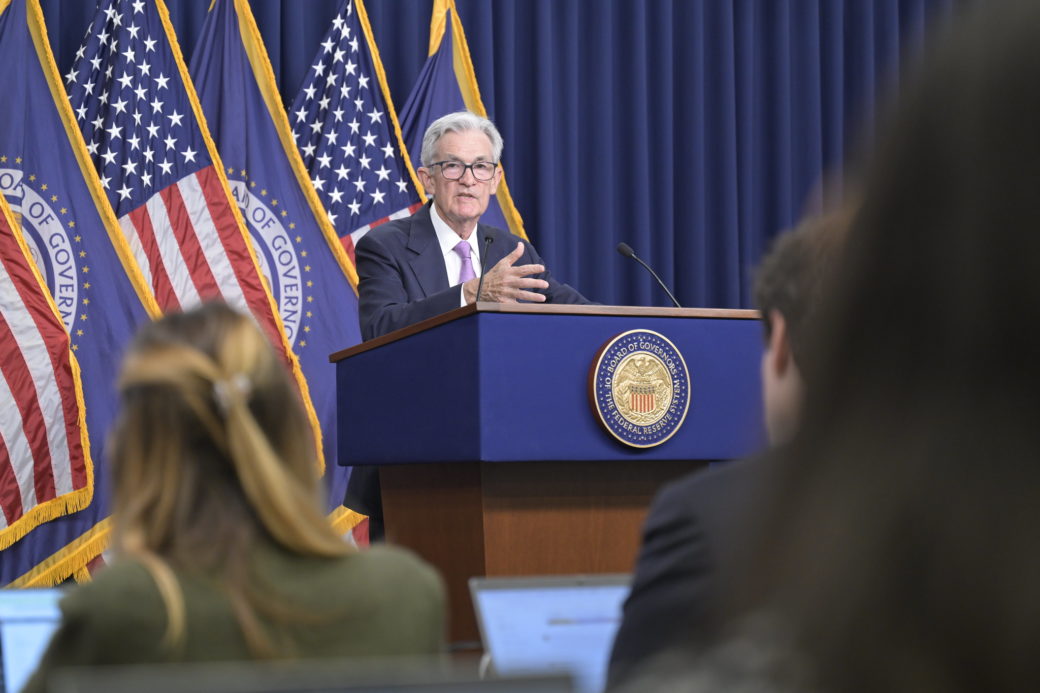The Federal Reserve delivered its first interest rate cut since 2020 during its September 2024 meeting and signaled further cuts are in our near future.
On Sept. 18, 2024, the Federal Open Market Committee (FOMC) cut their benchmark borrowing rate by half of a percentage point, a more aggressive cut than expected, bringing the key federal funds rate to a new target range of 4.75-5 percent —and that has far-reaching effects on your wallet.
Consumers have been long awaiting interest rate cuts, even if it does little to change the borrowing picture. Lower interest rates may take some of the edge off of the priciest financing costs in over a decade, but one rate cut won’t be a perfect remedy.
“While lower rates are certainly a good thing for those struggling with debt, the truth is that this one rate cut isn’t really going to make much of a difference for most people,” said Matt Schulz, a credit analyst at LendingTree.
Interest rates are now back to 2023 levels. Before that, borrowing costs hadn’t been this high for over a decade.
“The U.S. economy is in a good place, and our decision today is designed to keep it there,” said Fed Chair Jerome Powell at the Fed’s post-meeting press conference.
“We know that it is time to recalibrate our (interest rate) policy to something that’s more appropriate given the progress on inflation,” Fed Chair Jerome Powell said at a news conference. “The labor market is actually in solid condition and our intention with our policy move today is to keep it there.”
Fed Cuts Interest Rates for First Time Since 2020
Interest rates have been historically high in recent years because of the Fed’s fierce post-pandemic inflation fight.
In just a year and a half, the Fed hiked interest rates 11 times by the fastest pace in 40 years, bringing borrowing costs to a 23-year high of 5.25-5.5 percent.
The Fed’s rate-hiking campaign began in March 2022 and was meant to slow down the economy and quash inflation. It appears to be working. As of August 2024, consumer prices had risen 2.5 percent over the year, down from a 9.1 percent annual inflation rate in June 2022, the highest in more than 40 years.
However, subduing inflation came at a cost to the economy: consumers are struggling to afford mortgages, auto loans, groceries, pet food, and more, with many relying on burdensome credit card debt to make ends meet.
After focusing primarily on inflation, policymakers are now turning their attention to a slowing job market, not just inflation.
A particularly concerning finding for the Fed in recent months was that employers have slowed hiring amid higher borrowing costs for business loans. The unemployment rate rose to 4.2 percent as of August, up from 3.4 percent in January, which had been tied for a 50-year low, according to Bureau of Labor Statistics via Federal Reserve Economic Data.
Following the Fed’s decision to cut rates, Powell was asked if they’re making a bigger cut now because they may have been slow to recognize the potential economic slowdown and are now trying to catch up.
“We don’t think we’re behind — we think this is timely,” he added. “But I think you can take this as a sign of our commitment not to get behind.”
Additionally, at its September meeting, Fed officials signaled that they plan to cut interest rates by half a percentage point more before the end of the year, according to their latest Summary of Economic Projections. Powell cautioned Fed watchers from assuming bigger, half-point cuts could be the new norm. “I do not think that anyone should look at this and say, ‘Oh, this is the new pace.’”
The Fed has two remaining meetings this year: in November and December. Based on Powell’s comments, projections assume a quarter-point cut at both meetings, rather than a larger half-point cut at one of those gatherings.
In 2025, Fed officials expect another full percentage point of interest rate cuts.
What the Fed’s Decision Means for Your Wallet
The Fed’s declining benchmark rate will eventually mean better rates for borrowers, many of whom are facing some of the highest credit card interest rates in decades.
The average interest rate is 23.18 percent for new offers and 21.51 percent for existing accounts, according to WalletHub’s August Credit Card Landscape Report.
This and future rate cuts will translate to cheaper borrowing costs on auto loans, credit cards and even mortgage rates down the road. On the flip side, yields on saving accounts and certificates of deposit (CDs) will edge lower.
For credit cards specifically, interest rates on credit cards will likely fall.
If your rate is lowered, it will automatically be applied to your credit card, and you likely won’t be notified. Note that this doesn’t happen immediately and may take more than a month to adjust.
Individuals grappling with high-interest debt should concentrate on chipping away at their balance as quickly as possible.
“Borrowers should not look at a coming interest rate cut as a panacea. Interest rates took the elevator going up but they’re going to take the stairs coming down,” says Greg McBride, CFA, Bankrate chief financial analyst. . “High-cost credit card debt and home equity lines of credit will continue to be high-cost debt for some time, so utilizing zero percent balance transfer offers and prioritizing debt repayment remain crucially important.”
If you are struggling to pay off high-interest credit card debt, now is the time to work on lowering your debt balances by contacting a nonprofit credit counseling organization like DebtWave Credit Counseling. You can start your journey to financial freedom online or contact one of DebtWave’s certified credit counselors for a complimentary budget analysis here.


